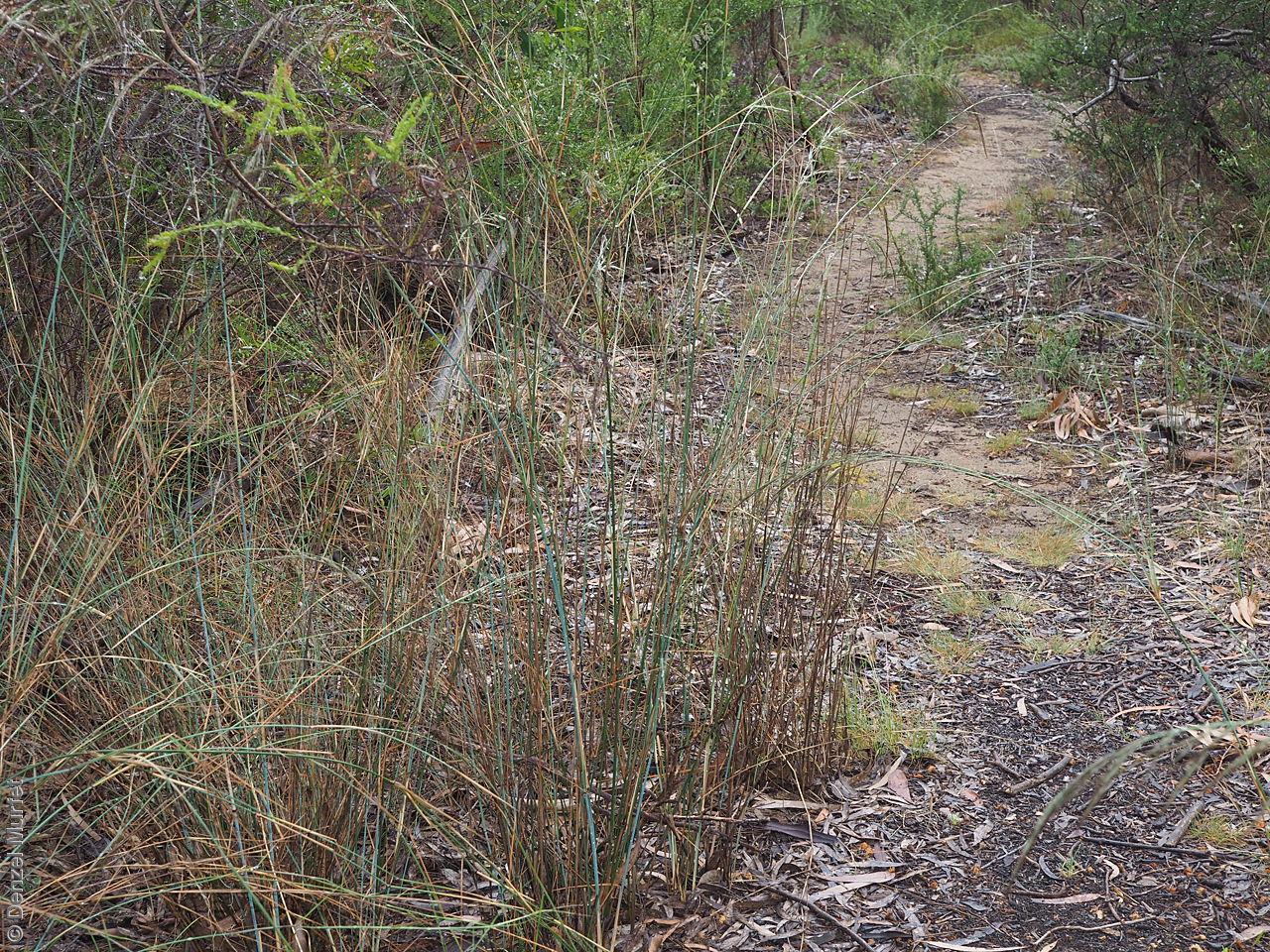
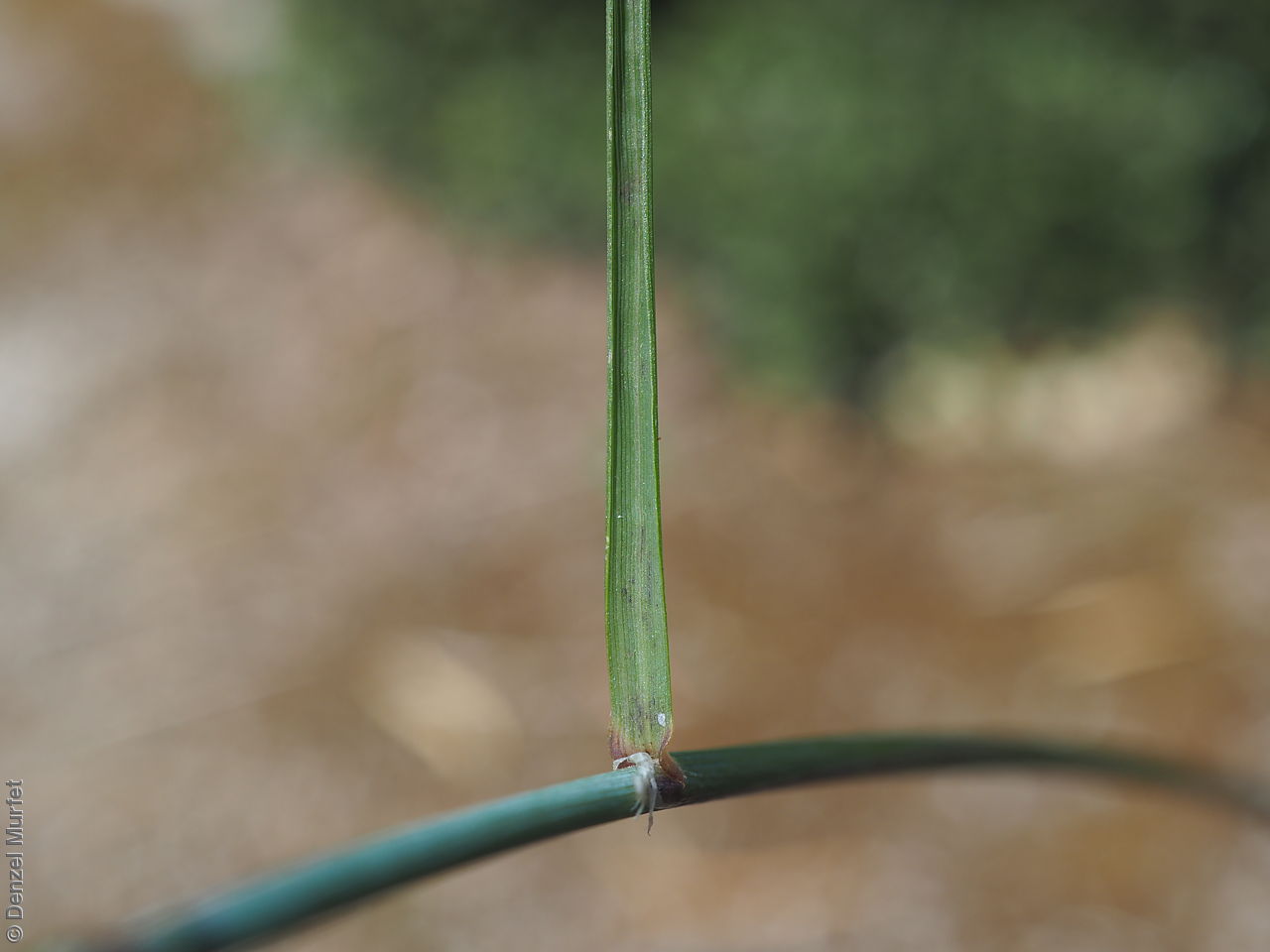
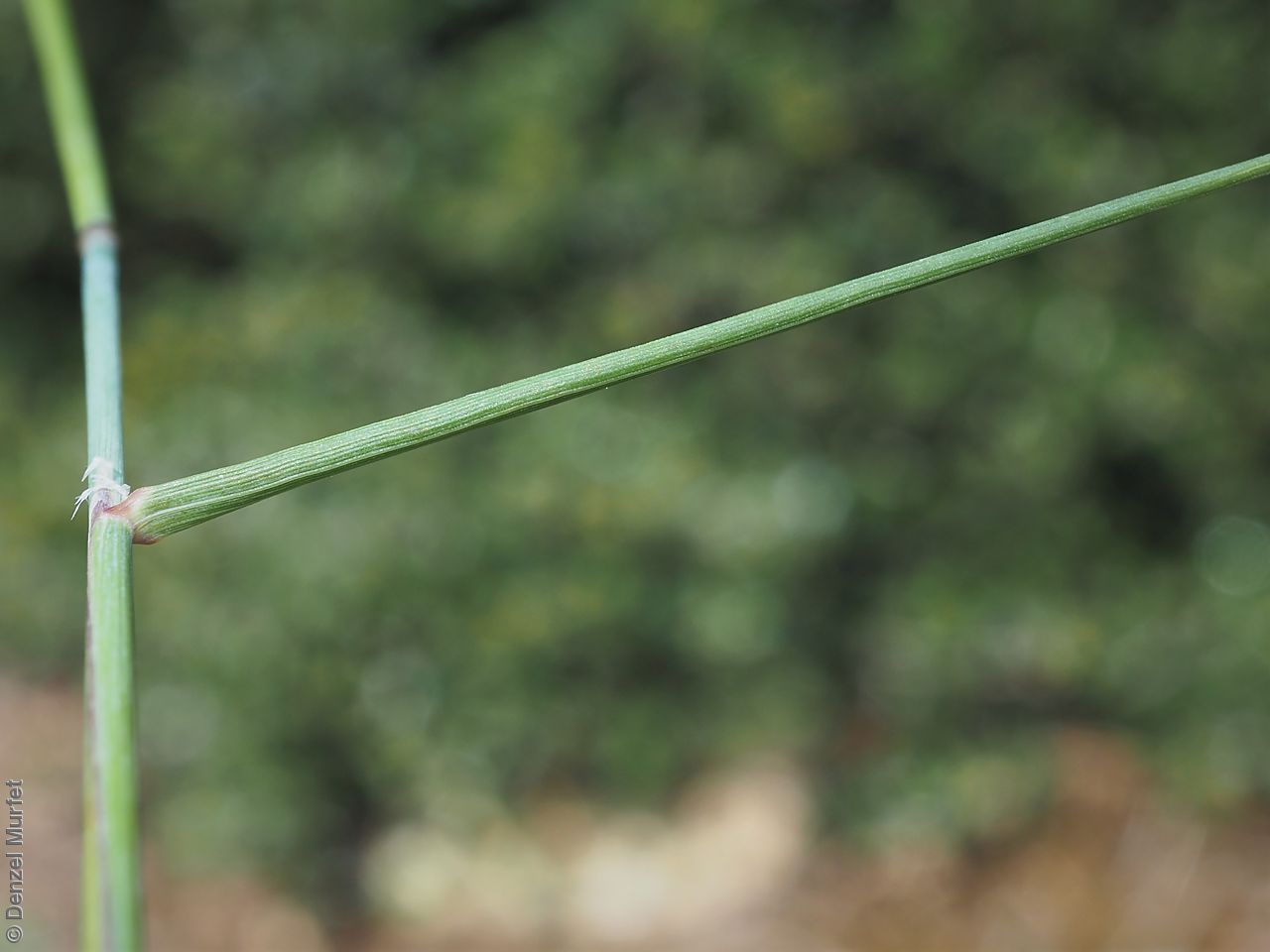
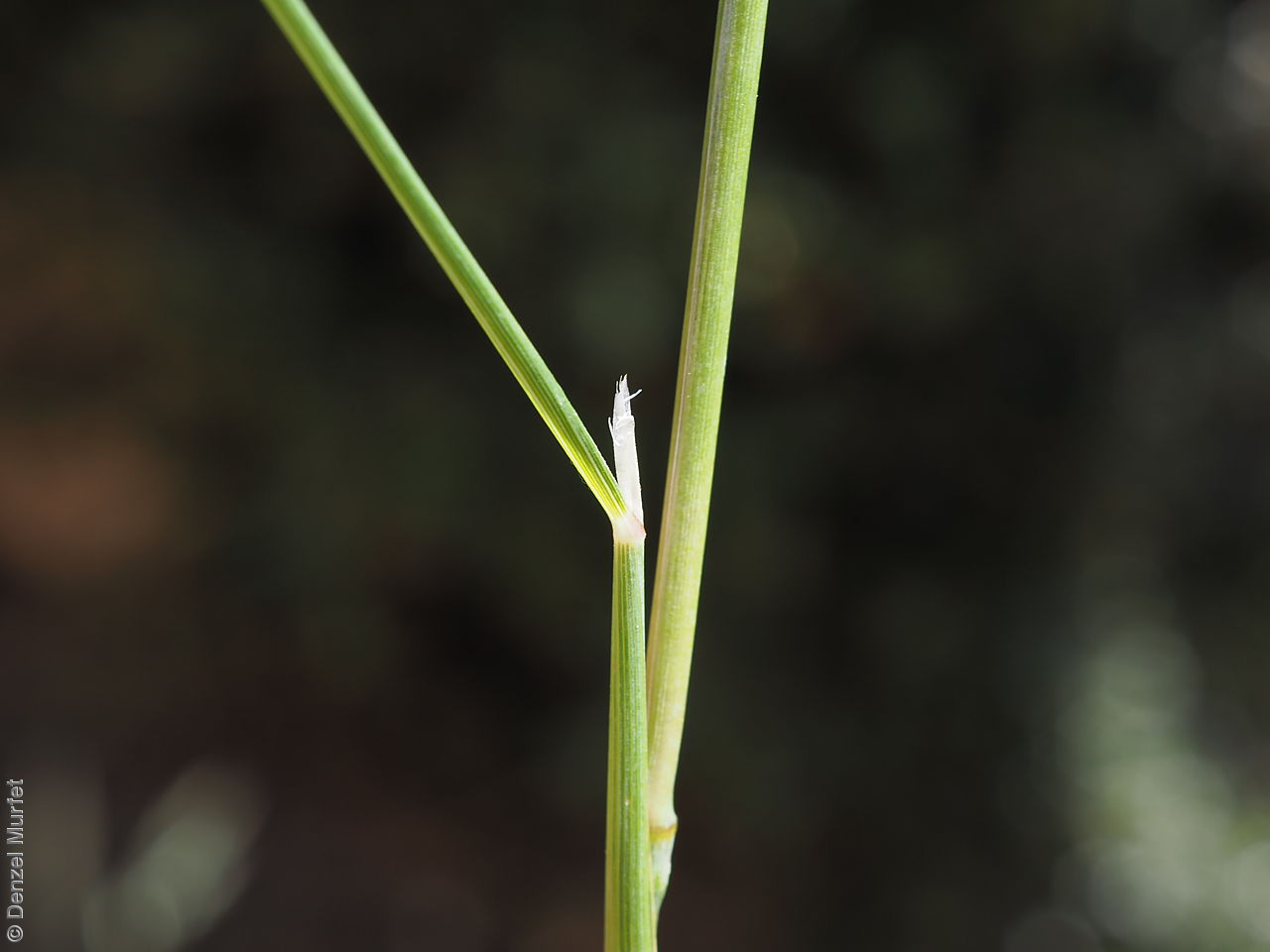
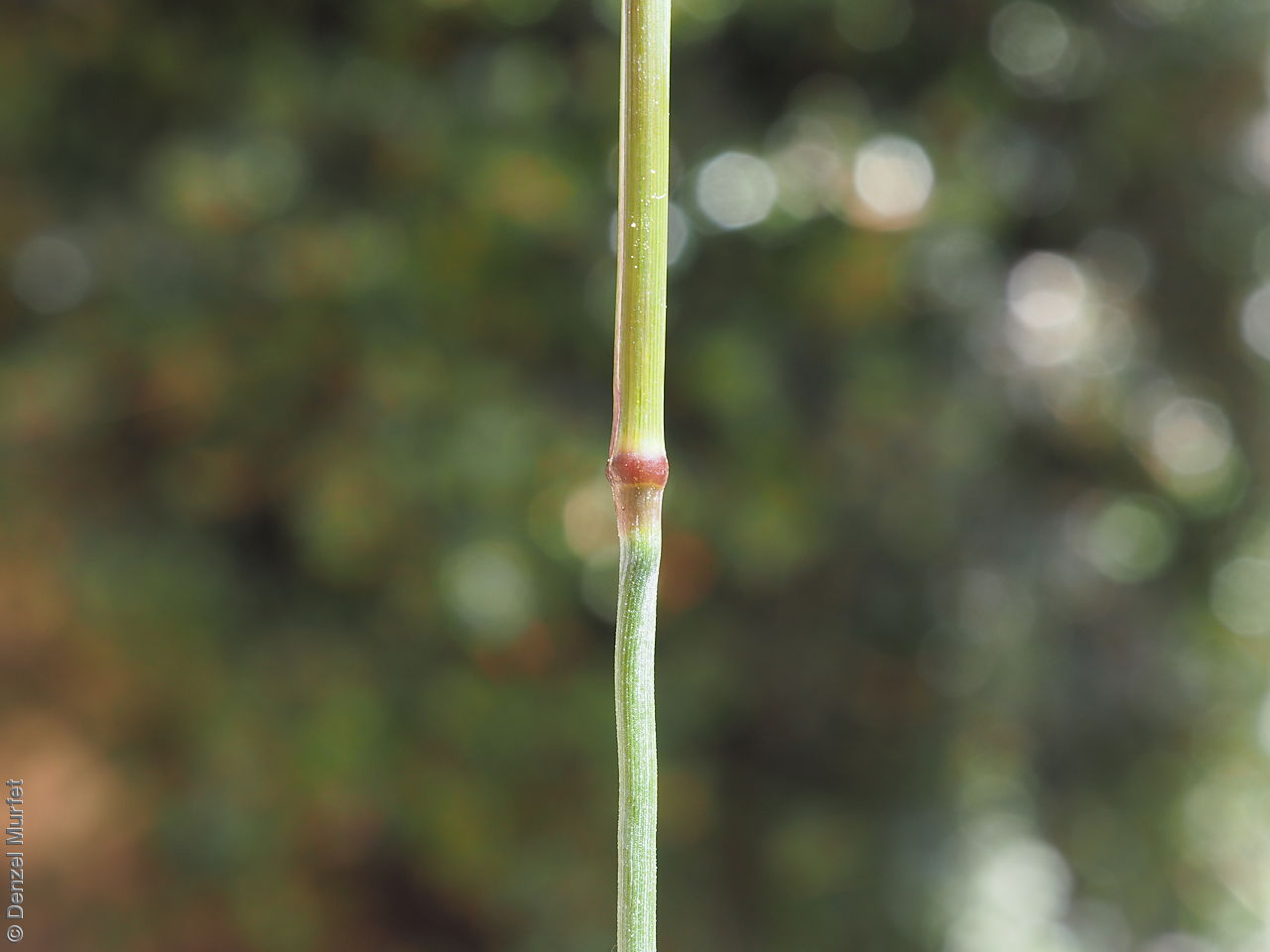
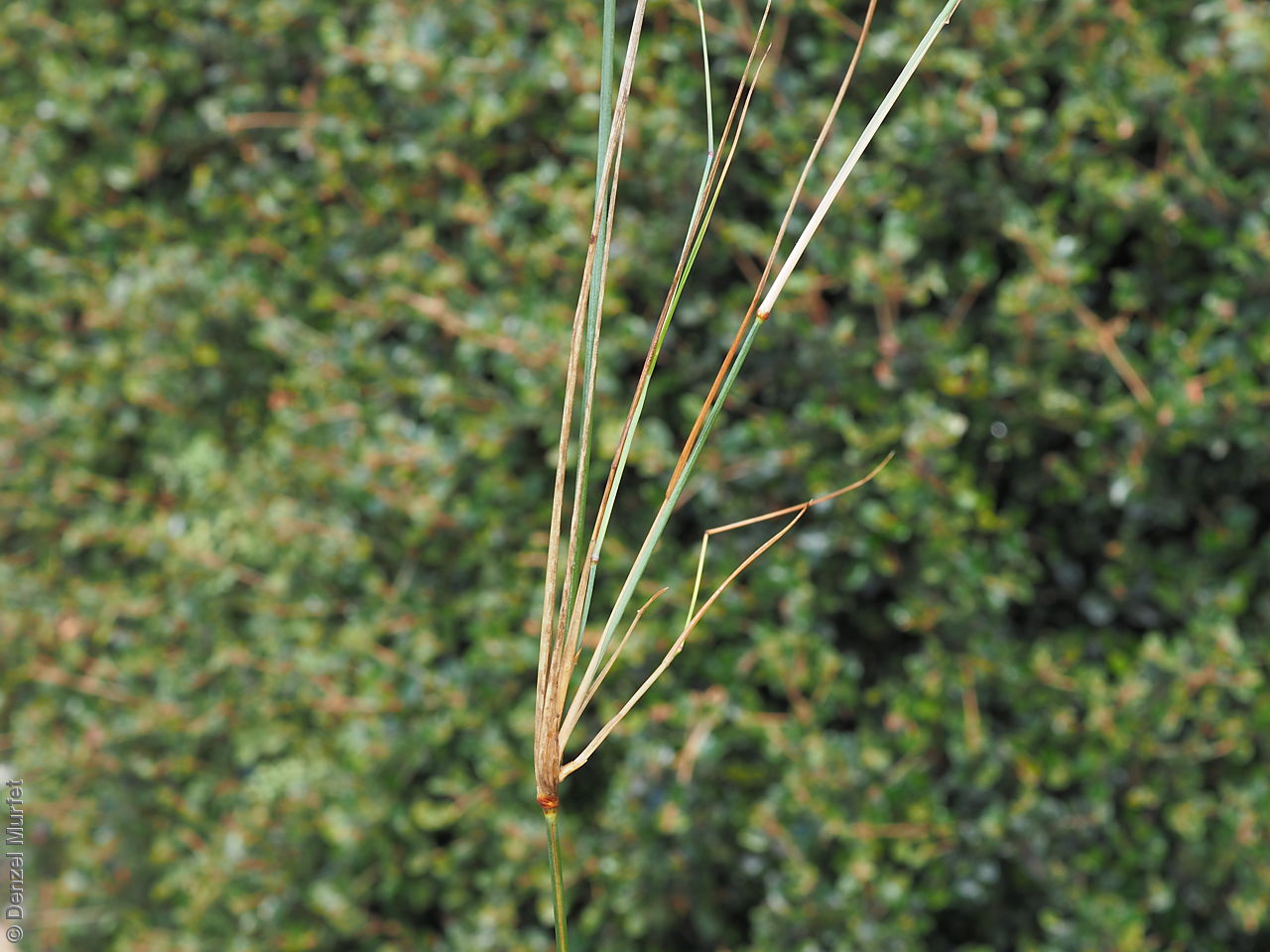
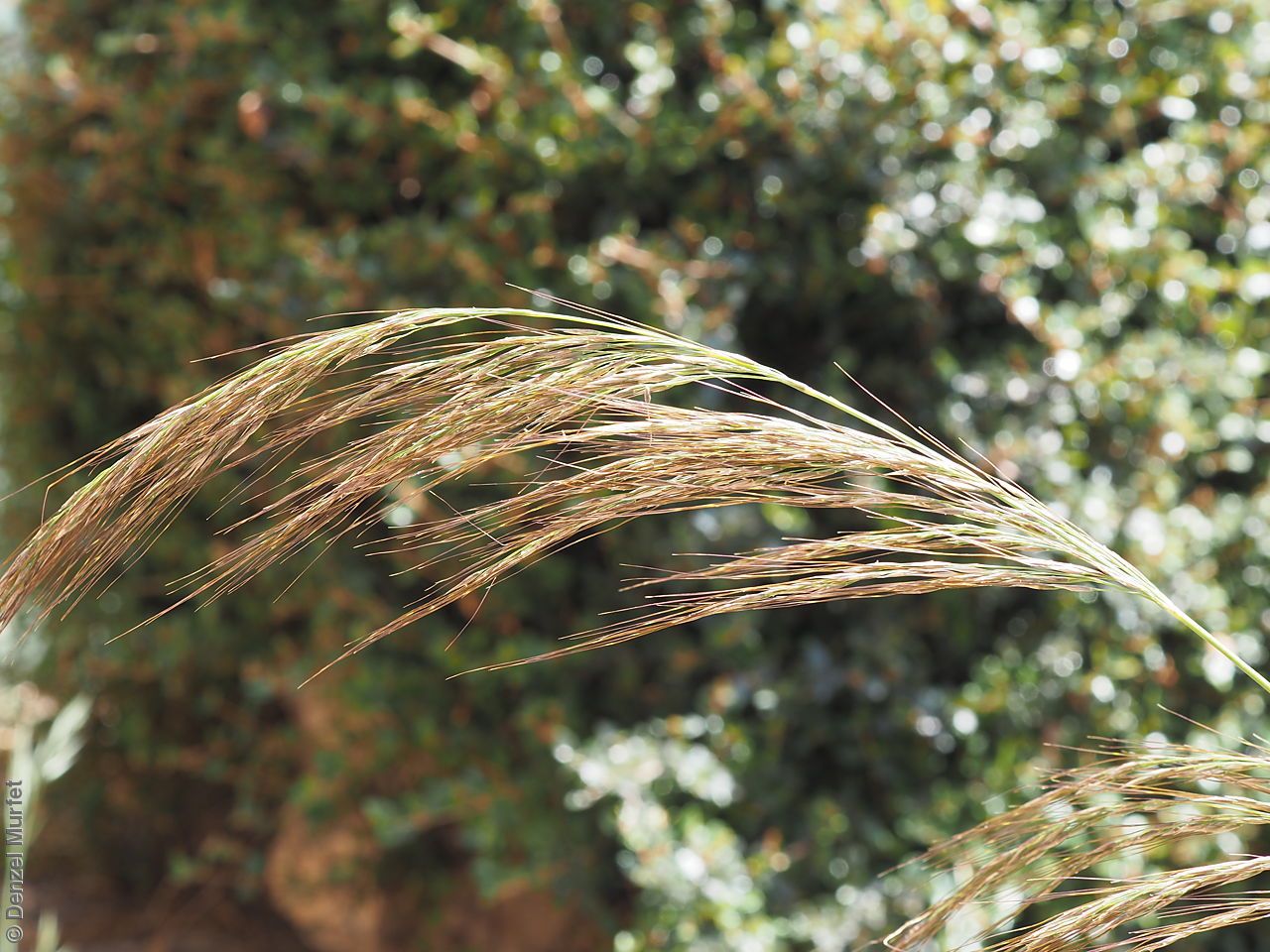
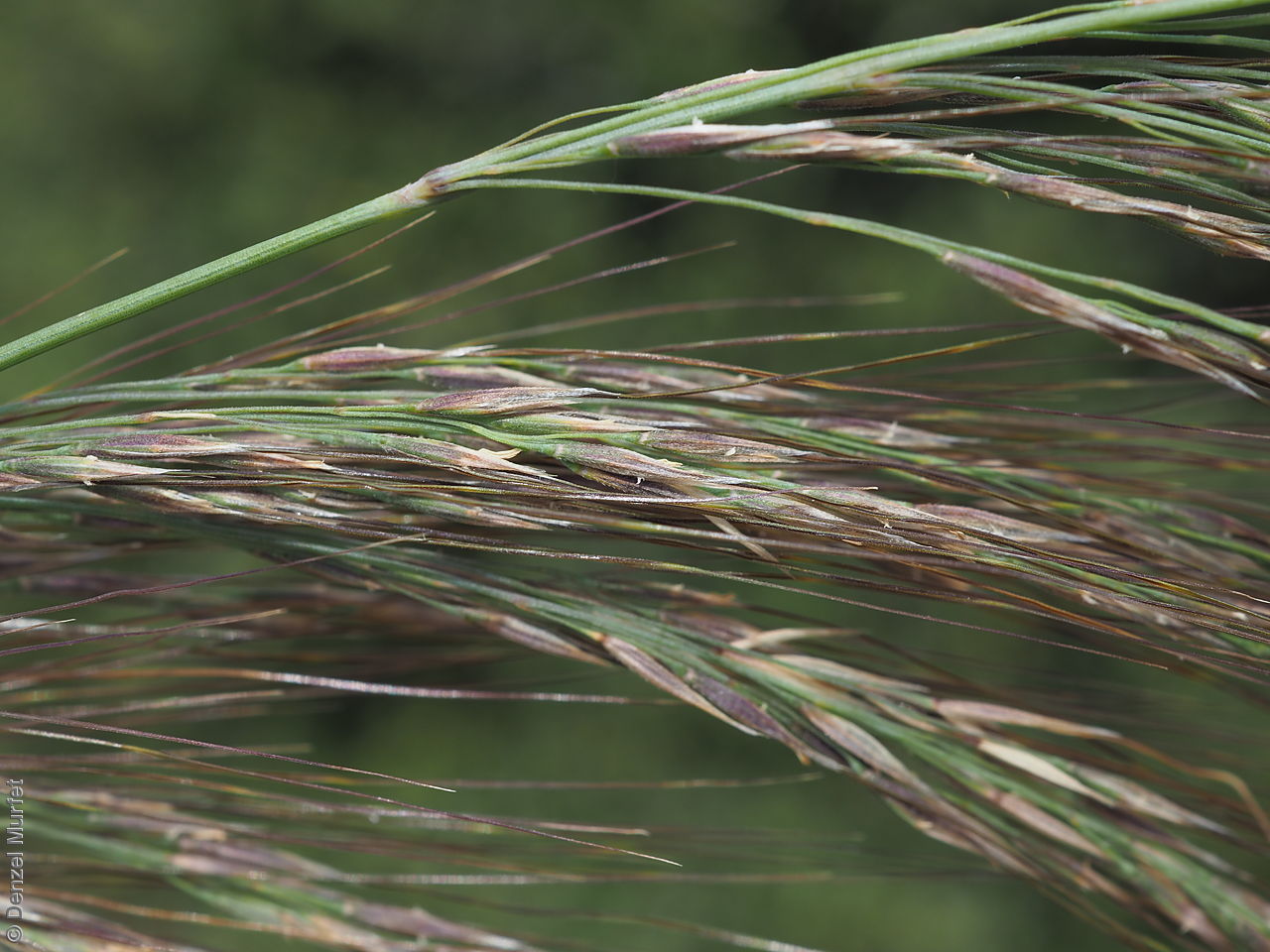
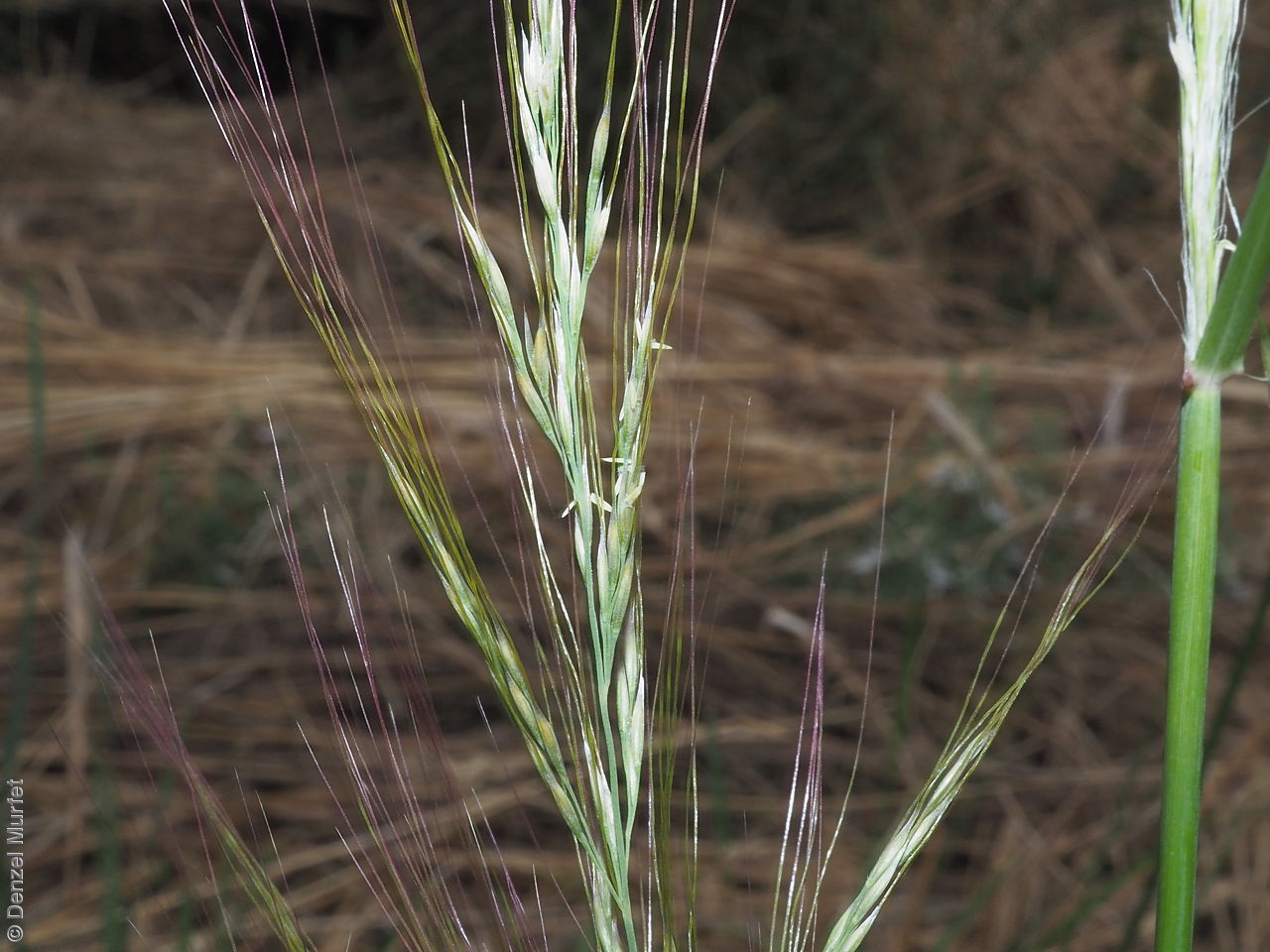
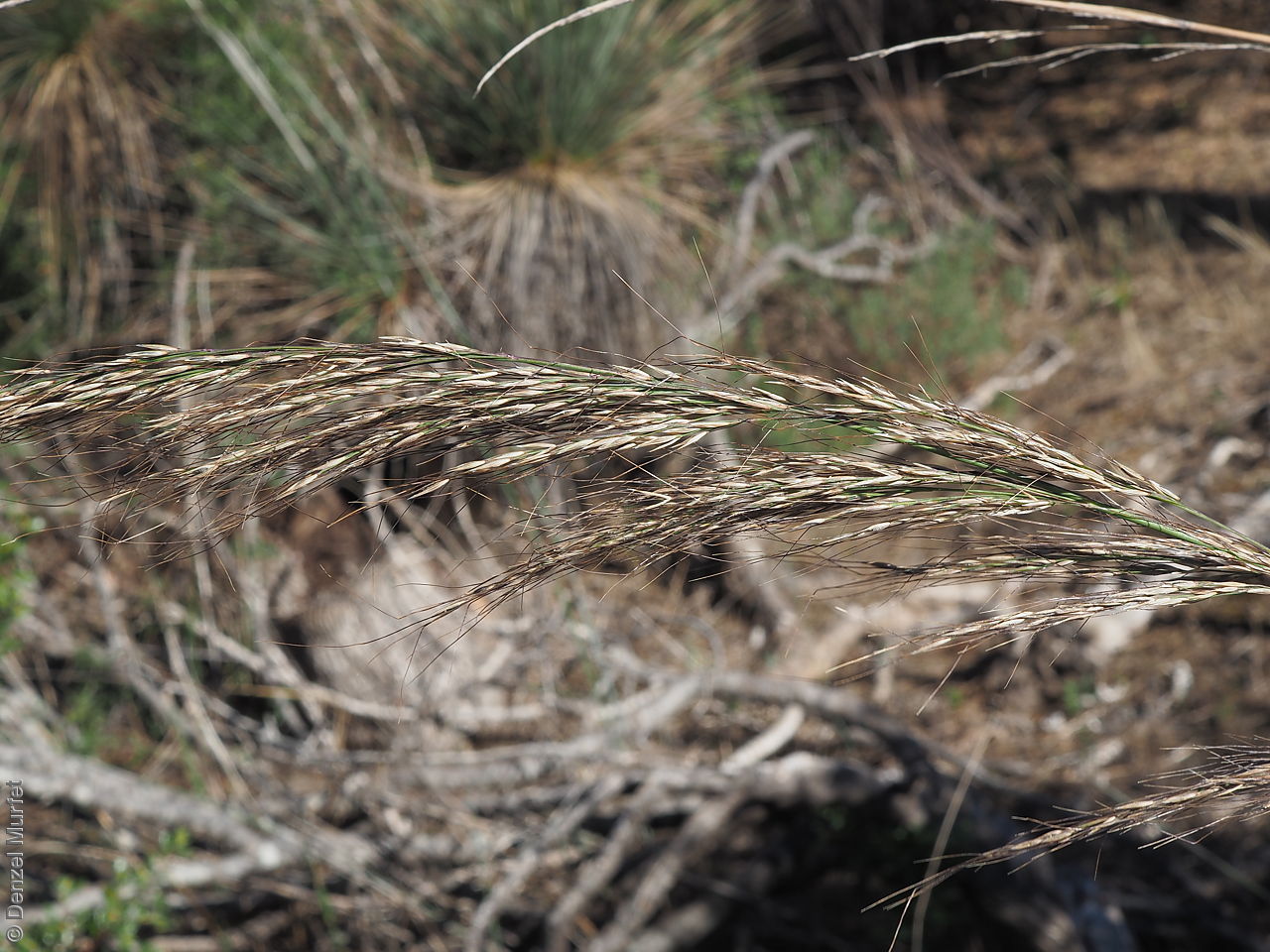
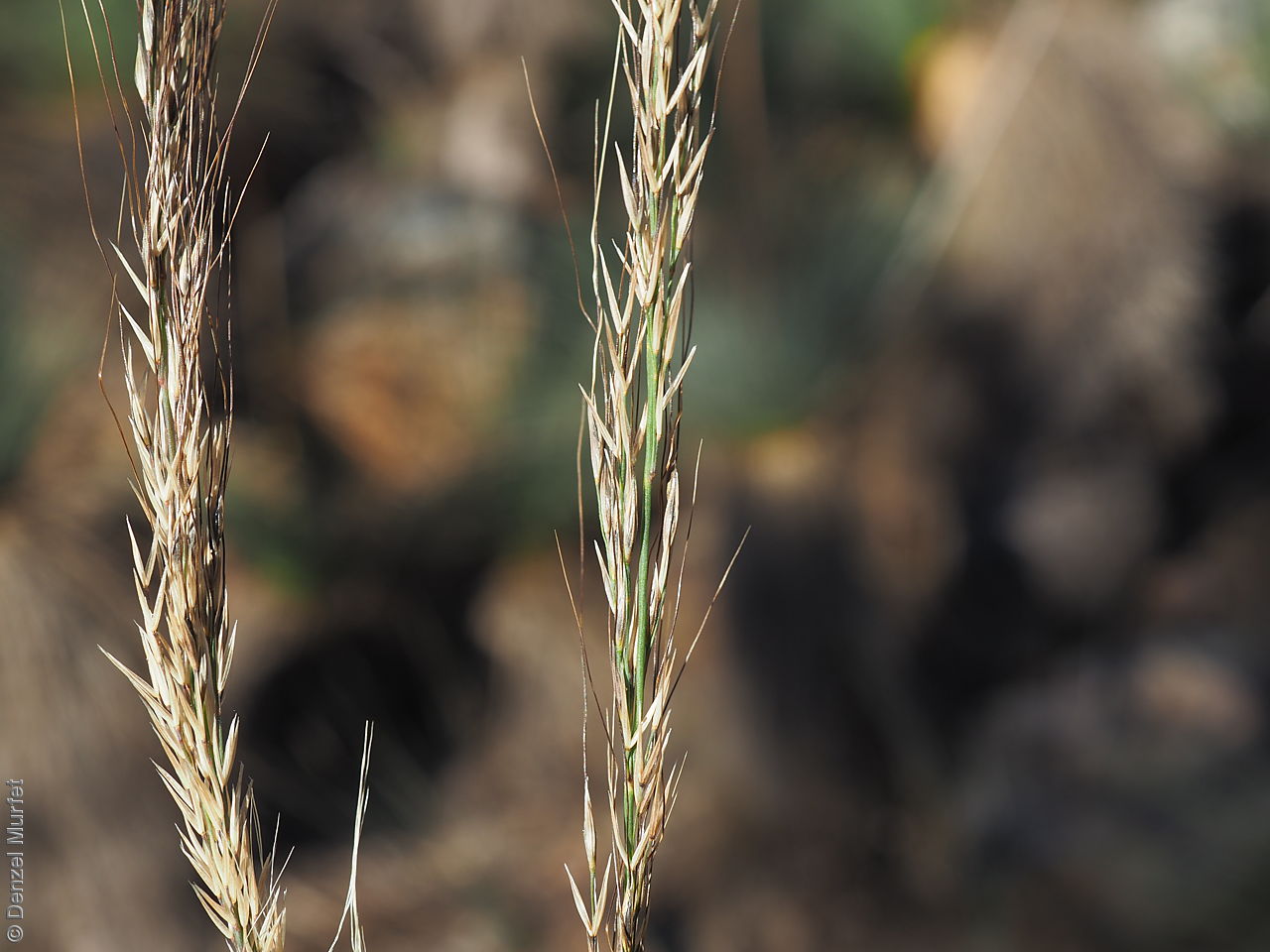
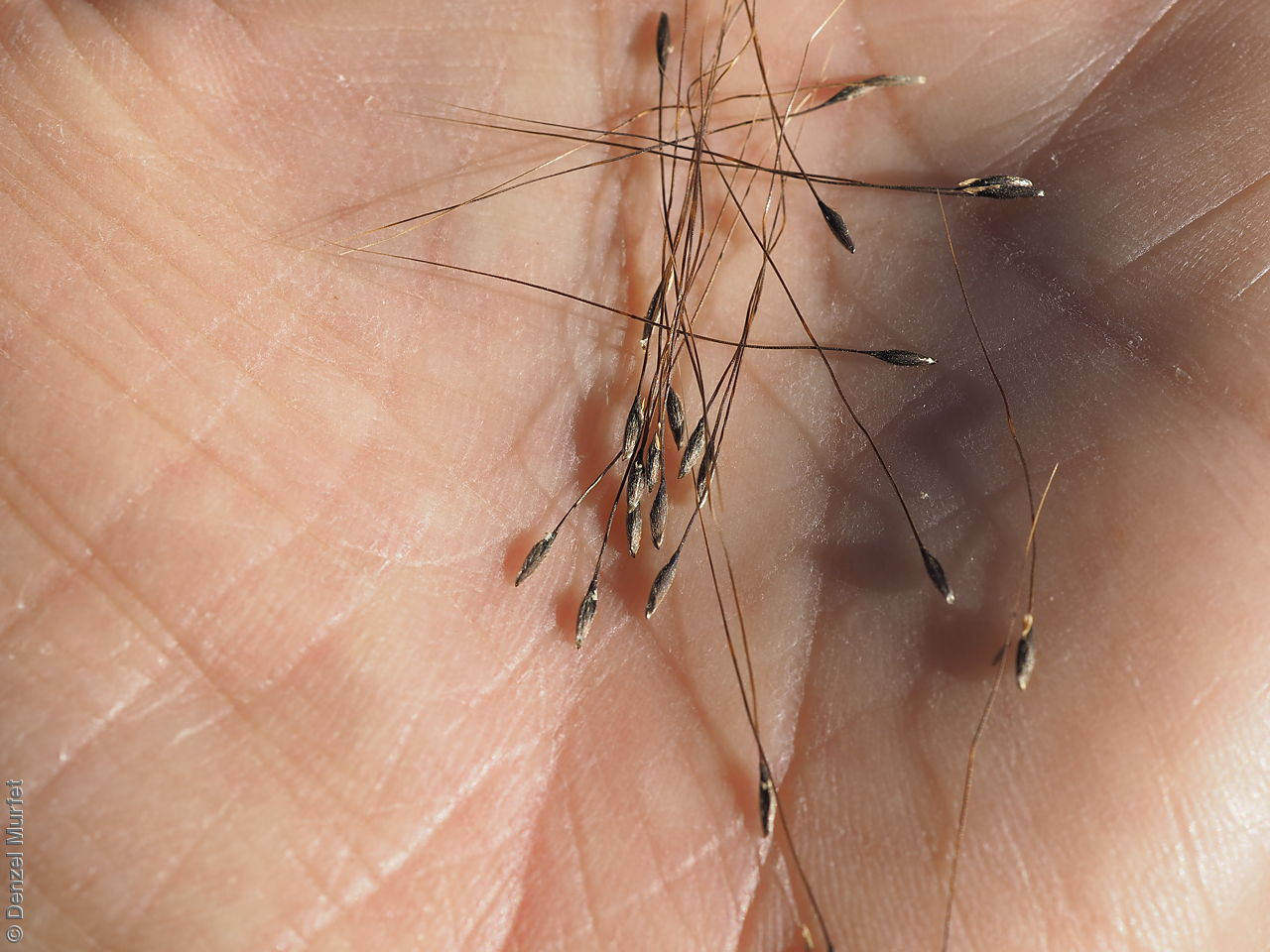
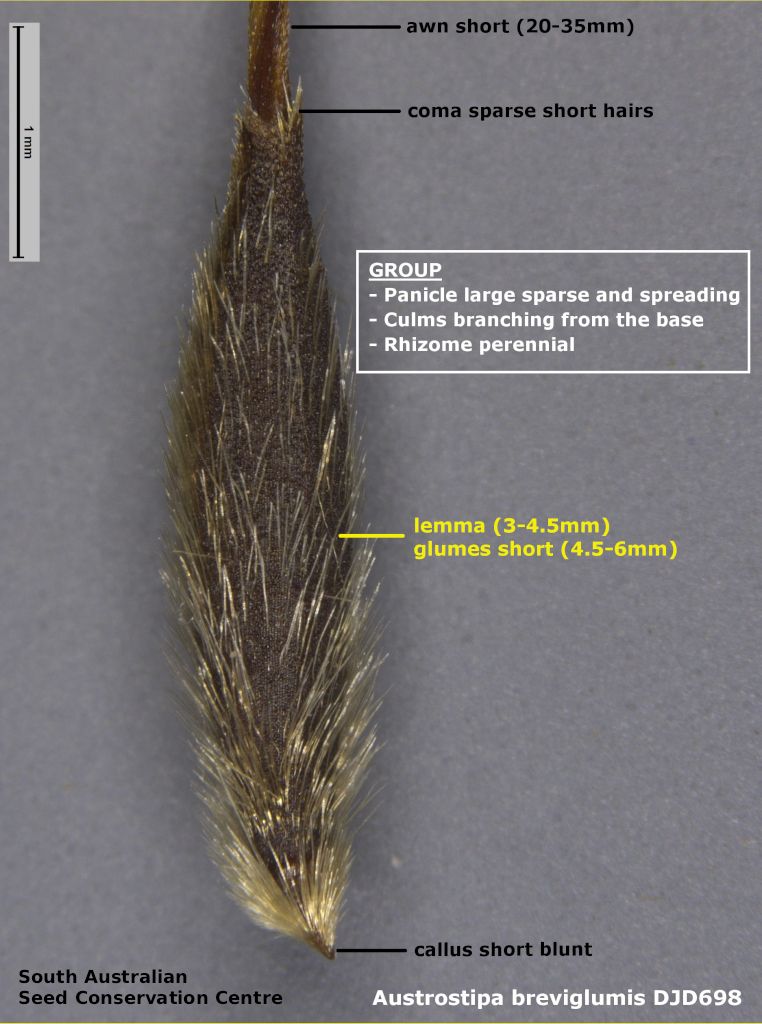
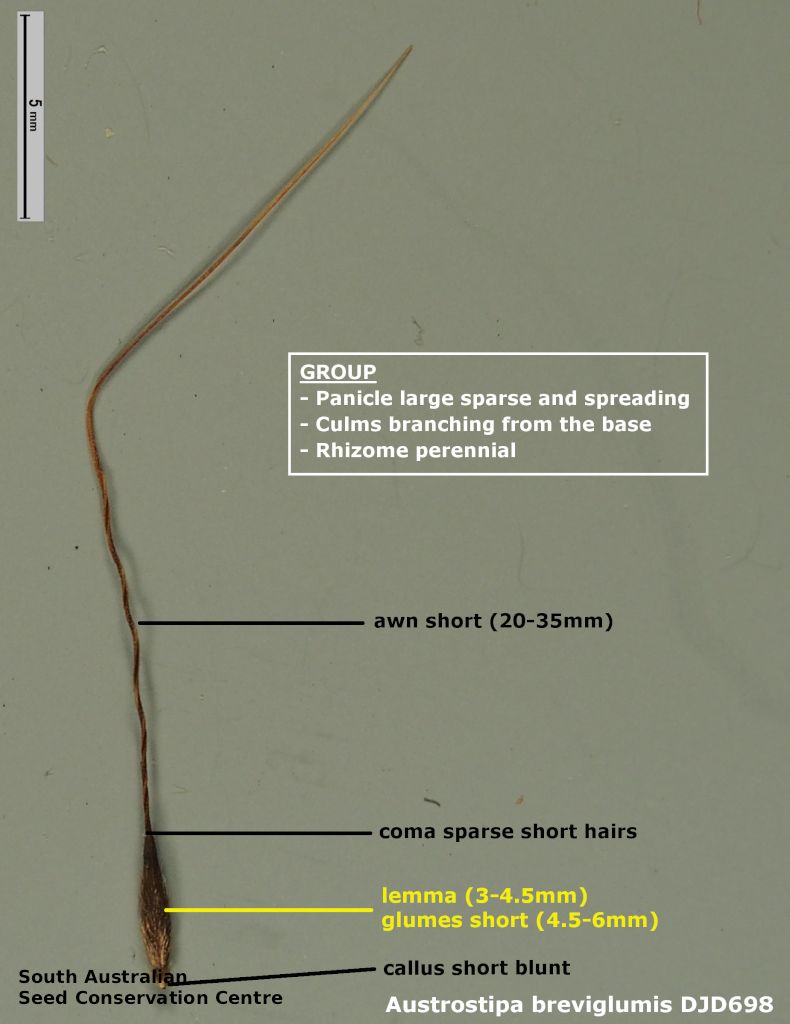

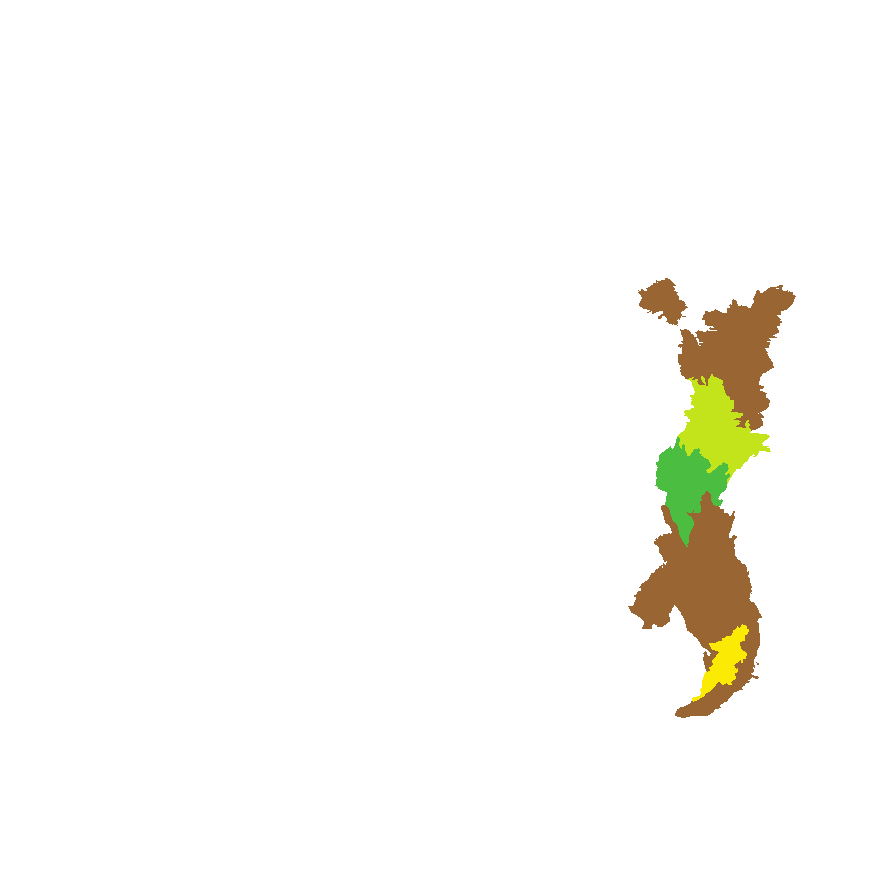
Botanical art
Prior names
Stipa verticillata
Stipa breviglumis
Common names
Bamboo Spear-grass
Cane Spear-grass
Etymology
Austrostipa from the Latin 'auster' meaning south and the genus Stipa, referring to the genus being allied to Stipa but restricted to Australia. Breviglumis from the Latin 'brevis' meaning short and 'gluma' meaning husk, referring to one or both of the glumes being short.
Distribution and status
Found in the Flinders Ranges and the Mount Lofty Ranges in South Australia, growing in hills and ridges on sandy loam soils. Also found in Victoria. Native. Rare in South Australia. Rare in Victoria.
Herbarium regions: Flinders Ranges, Eyre Peninsula, Northern Lofty, Southern Lofty, Green Adelaide
NRM regions: Adelaide and Mount Lofty Ranges, South Australian Arid Lands
AVH map: SA distribution map (external link)
Plant description
Shortly rhizomatous perennial grass to 1.6 m high, with culms branching from near the base and with glabrous nodes. Leaves glabrous or finely scabrid with blade flat or inrolled to 20 cm long and 2.5 mm wide. Inflorescence a long and spreading panicle to 40 cm long with short, green to purplish-grey glumes. Flowering between September and January.
Key to this species: perennial grass, culm branching from the; panicle large and spreading; short lemma 3-4.5 mm) and short glumes (4.5-6 mm); callus short bunt. Fruits are dark-brown lemma to 4.5 mm long, tapered to a narrow neck, granular tuberculate surface with short white hairs but absent or reduced near the scabrid neck; coma with short sparse hairs to 0.2 mm lo; callus short, blunt to 0.5 mm long; awn short, weakly once or twice bent to 35 mm long with smooth or minutely scabrid hairs; palea shorter than the lemma, with a line of scattered hairs down the centre. Seeds are yellow-brown grain to 2.5 mm long within the lemma. Seed embryo type is lateral.
Seed collection and propagation
Collect seeds between November and March. Use your hands to gently strip the seeds (lemma) off the mature fruiting spike, those that are turning dark brown. Mature seeds will come off easily compare to the immature seeds that remain on the spike. Alternatively, you can break off the whole fruit spike to allow some of the seeds to mature further. Place the seeds/spike in a tray and leave to dry for two weeks. No further cleaning is required if only seed collected. If seed spikes collected, use hand to strip off the mature seeds. Store the seeds with a desiccant such as dried silica beads or dry rice, in an air tight container in a cool and dry place. Viability of grass seeds could be very viable, depending on time of seed collections and seasonal conditions.
| Location | No. of seeds (weight grams) | Number of plants | Date collected | Collection number Collection location | Date stored | % Viability | Storage temperature |
|---|---|---|---|---|---|---|---|
| BGA MSB | 12,000 (10.88 g) 12,000 (10.88 g) | 30 | 20-Dec-2005 | KHB20 Southern Lofty | 9-Aug-2006 | 95% | -18°C |
| BGA | 6,200 (6.03 g) | 100+ | 29-Nov-2006 | DJD698 Northern Lofty | 1-Aug-2007 | 65% | +5°C, -18°C |
Number of plants: This is the number of plants from which the seeds were collected.
Collection location: The Herbarium of South Australia's region name.
% Viability: Percentage of filled healthy seeds determined by a cut test or x-ray.